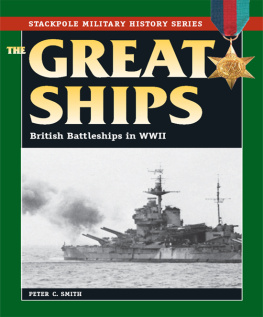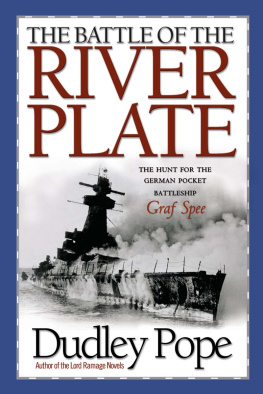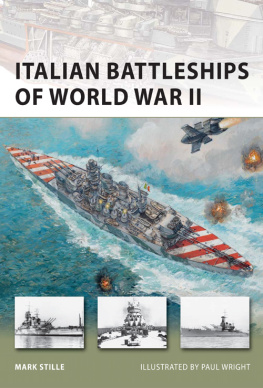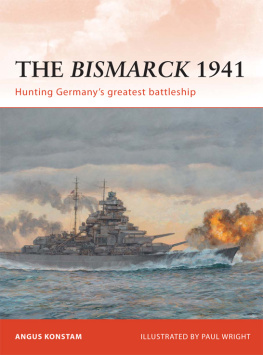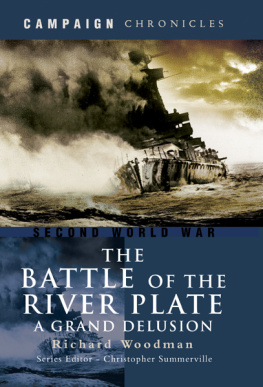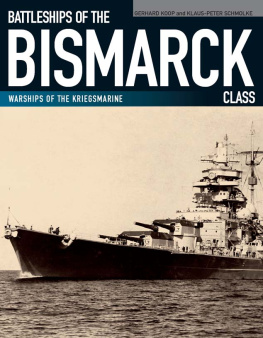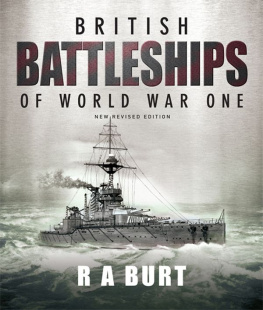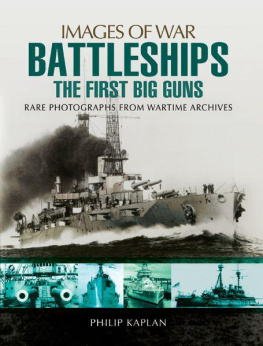THE GREAT SHIPS

The Stackpole Military History Series
THE AMERICAN CIVIL WAR
Cavalry Raids of the Civil War
Ghost, Thunderbolt, and Wizard
Picketts Charge
Witness to Gettysburg
WORLD WAR II
Armor Battles of the Waffen-SS, 194345
Army of the West
Australian Commandos
The B-24 in China
Backwater War
The Battle of Sicily
Beyond the Beachhead
The Brandenburger Commandos
The Brigade
Bringing the Thunder
Coast Watching in World War II
Colossal Cracks
A Dangerous Assignment
D-Day to Berlin
Dive Bomber!
A Drop Too Many
Eagles of the Third Reich
Eastern Front Combat
Exit Rommel
Fist from the Sky
Flying American Combat Aircraft of World War II
Forging the Thunderbolt
Fortress France
The German Defeat in the East, 194445
German Order of Battle, Vol. 1
German Order of Battle, Vol. 2
German Order of Battle, Vol. 3
The Germans in Normandy
Germanys Panzer Arm in World War II
GI Ingenuity
The Great Ships
Grenadiers
Infantry Aces
Iron Arm
Iron Knights
Kampfgruppe Peiper at the Battle of the Bulge
Kursk
Luftwaffe Aces
Massacre at Tobruk
Mechanized Juggernaut or Military Anachronism?
Messerschmitts over Sicily
Michael Wittmann, Vol. 1
Michael Wittmann, Vol. 2
Mountain Warriors
The Nazi Rocketeers
On the Canal
Operation Mercury
Packs On!
Panzer Aces
Panzer Aces II
Panzer Commanders of the Western Front
The Panzer Legions
Panzers in Winter
The Path to Blitzkrieg
Retreat to the Reich
Rommels Desert Commanders
Rommels Desert War
The Savage Sky
A Soldier in the Cockpit
Soviet Blitzkrieg
Stalins Keys to Victory
Surviving Bataan and Beyond
T-34 in Action
Tigers in the Mud
The 12th SS, Vol. 1
The 12th SS, Vol. 2
The War against Rommels Supply Lines
War in the Aegean
THE COLD WAR / VIETNAM
Cyclops in the Jungle
Flying American Combat Aircraft: The Cold War
Here There Are Tigers
Land with No Sun
Street without Joy
Through the Valley
WARS OF THE MIDDLE EAST
Never-Ending Conflict
GENERAL MILITARY HISTORY
Carriers in Combat
Desert Battles
Guerrilla Warfare
THE GREAT SHIPS
British Battleships in World War II
Peter C. Smith
STACKPOLE
BOOKS
Dedicated to two very special and wonderful people, Pat and Jack
Copyright 1977, 1997, 2008 by Peter C. Smith
Published in paperback in 2008 by
STACKPOLE BOOKS
5067 Ritter Road
Mechanicsburg, PA 17055
www.stackpolebooks.com
All rights reserved, including the right to reproduce this book or portions thereof in any form or by any means, electronic or mechanical, including photocopying, recording, or by any information storage and retrieval system, without permission in writing from the publisher. All inquiries should be addressed to Stackpole Books.
For information on all of Peter C. Smiths books, please visit www.divebombers.co.uk
Cover design by Tracy Patterson
Printed in the United States of America
10 9 8 7 6 5 4 3 2 1
Library of Congress Cataloging-in-Publication Data
Smith, Peter Charles, 1940
[Great ships pass]The great ships: British battleships in World War II / Peter C. Smith.p. cm. (Stackpole military history series)Originally published: The great ships pass: British battleships at war 19391945 / Peter C. Smith. 1977.Includes bibliographical references and index.ISBN 978-0-8117-3514-81. World War, 19391945Naval operations, British. 2. BattleshipsGreat BritainHistory20th century. 3. Great Britain. Royal NavyHistoryWorld War,19391945. I. Title.D771.S63 2008940.54'5941dc22
2008003817
eISBN: 9780811749350
Contents
Introduction
I n 1960, an almost-unnoticed event took place that to a few people seemed to symbolize the ultimate acknowledgment that Great Britain had long ceased to be a major naval power. That event was the consigning to the scrap yard of the HMS Vanguard , the last of the mighty battleships to fly the White Ensign.
Although by this date she represented merely an obsolete hulk of an era and age long passedwith her ironic name ( Rearguard would have been more apt) and her forlorn isolation for many years sealed up in reserve in Portsmouth Harbor in full view of her most illustrious forebear, the HMS Victory the physical act of severing the last link with Britains former maritime greatness was a sad occasion.
The last British battleship went to the breakers about 100 years after the arrival of the first ironclad battleship, the HMS Warrior , had effected a revolution in warship design, but the lineage of the Vanguard and her kind went back much fartherback four centuries, in fact, before the armada of 1588.
In those four centuries, Britain rose to become the greatest power in the world, the richest nation on earth, and the most widespread and benevolent empire ever known. This unique position was achieved by command of the sea, and that command, for almost all of that long period, ultimately rested on Britains great ships, its ships of the line, its battleships.
No weapon of war did more for Great Britain over such a length of time and so economically. Behind those forbidding but majestic bulwarks, Britain remained immune from the envy and hatred of the other lesser powers who sought to conquer and despoil it and subject its free peoples.
No tyranny succeeded in passing those defenses, though many tried. Spanish king, French emperor, Prussian emperor, German and Italian dictatorsall failed. But in the end, decay came from inside, and the decline and passing of the battleship ultimately matched exactly in its timing and speed the passing of the British nation as a major power and factor in world events. This was undoubtedly a coincidence, but it was somehow apt. Over the centuries, neglect and shortsightedness had often threatened both. Finally, the will to maintain them was eroded, and battleship and national greatness passed into history.
The last brief years of the battleship saw them reach their zenith in size and power, but these same years were marked with acrimony and derision about the battleships usefulness and purpose, and its ultimate passing went unmourned in Britain at large. All that remains of the battleship era are two 15-inch guns mounted incongruously on the lawn of a London museum. It is not enough.
A great many books have been written about the technical development of the battleship. The most worthwhile one is Dr. Oscar Parkess magnificent volume, a worthy monument indeed. When one turns for a brief description of what these great ships achieved during the last two decades of their long development, the situation is less satisfactory. Whereas there are several books that purport to tell the full story of their achievements in the last years, few do so in any detail. Most books of this nature dismiss the years 1919-45 in a chapter or two at best. Battleships in World War II are generally presented as already obsolete. When they put to sea, they were sunk wholesale by bombers and submarinesor so the story goes. When not sunk, they achieved nothing at all constructive to the war effort. These are the usual generalizations.
Next page
